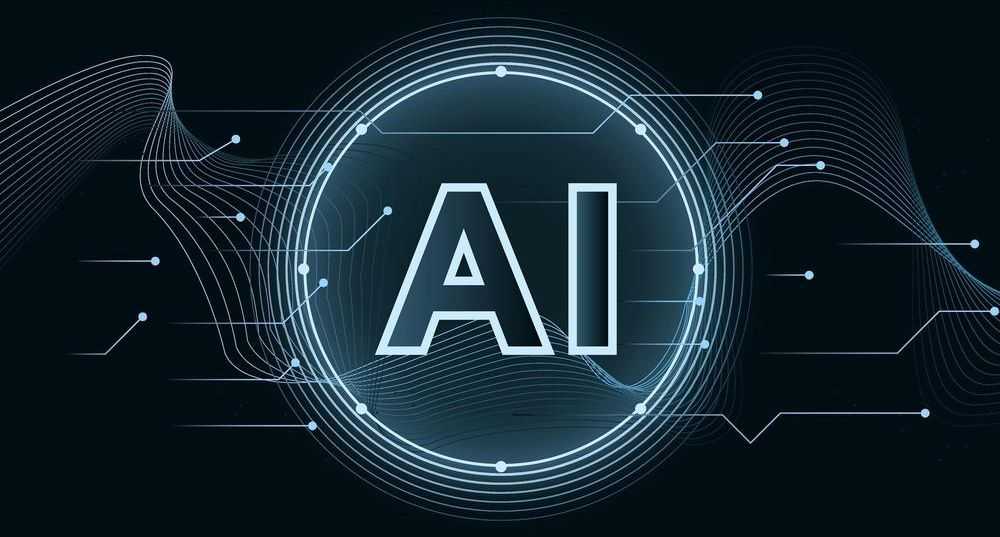
Blog by professor Slobodan Đukanović,phd
What can AI do today?
Probably less than what the media previously predicted, but still quite a lot. Here are some popular examples.
Autonomous Vehicles
An autonomous or self-driving vehicle is capable of “sensing” its environment and moving safely with minimal or no human assistance. These vehicles use information from multiple sensors such as RADAR, LIDAR, motion sensors, and GPS to determine (with the help of an onboard computer) the trajectory, adjust speed, or detect obstacles, slowing down or stopping if necessary. Demonstrations of autonomous vehicles in the 2005 DARPA Grand Challenge (132 miles of off-road terrain) and the 2007 Urban Challenge (urban streets with real traffic) marked the start of a global race in autonomous vehicle development.
By 2018, Waymo’s test vehicles had traveled 10 million miles on public roads without serious incidents, with a human driver taking control only once every 6,000 miles. Soon after (in 2020), the company became the first provider of commercial robotaxi services in Phoenix, Arizona. Tesla officials promised private vehicle owners that full self-driving capability, available via subscription, would be launched by 2021. The American company Nuro is also in the game, planning to start commercial deployment of autonomous delivery vehicles this year.
Robot Mobility
BigDog, a quadruped robot created in 2008, changed our vision of robotic movement. Instead of slow, rigid-legged walking, it resembled an animal capable of regaining balance when pushed or when slipping on ice. Atlas, a humanoid robot, not only walks on uneven terrain but also jumps onto boxes and performs backflips (2016).
Machine Translation
Today, online machine translation systems allow people to read documents in over 100 languages, covering the native languages of more than 99% of the global population. While not perfect, they are generally adequate for understanding content. For closely related languages with extensive training data (such as French and English), translation quality approaches that of a human translator.
Speech Recognition
In 2017, Microsoft demonstrated that its speech recognition system had achieved a word error rate of 5.1% in conversational speech, matching human performance. Approximately one-third of human-computer interactions worldwide now occur through voice commands rather than keyboards. Skype enables real-time speech-to-speech translation in ten languages. Virtual assistants like Alexa, Siri, Cortana, and Google Assistant can answer questions and perform tasks for users.
Recommendation Systems
Amazon, Facebook, Netflix, Spotify, YouTube, and other companies use machine learning to recommend products, movies, songs, and travel destinations based on user history and preferences. Recommendation systems have been evolving since the late 20th century but are rapidly advancing due to deep learning techniques that analyze content (text, music, video), search history, and metadata. Spam filtering is also a form of recommendation (or rejection), with current AI techniques filtering over 99.9% of spam emails while also suggesting potential recipients and possible responses.
Gaming AI
When Deep Blue defeated world chess champion Garry Kasparov in 1997, many believed Go would remain beyond AI’s reach for at least a century. However, just two decades later, DeepMind’s AlphaGo surpassed all human champions. Go world champion Ke Jie described AlphaGo’s evolution: “Last year, it played like a human. This year, it seems like a god of Go.”
AlphaGo was trained for months using hundreds of thousands of Go games and expert knowledge. Its successor, AlphaZero, did not use any human input (except game rules) and learned to defeat all opponents, both human and AI, through self-play. In just three days, it beat AlphaGo 100-0 using less computing power. MuZero, AlphaZero’s successor, trained in a similar way but without knowing game rules in advance—and it still won.
Meanwhile, AI has defeated human champions in games like Jeopardy!, poker, and video games such as Dota 2, StarCraft II, and Quake III.
AI in Medicine
AI algorithms now match or surpass expert physicians in diagnosing various diseases, particularly those based on imaging. Examples include Alzheimer’s disease, metastatic cancer, ophthalmological diseases, and skin conditions. Modern AI-based medicine aims to enhance human-AI partnerships. For instance, the Lyna system achieves 99.6% accuracy in diagnosing metastatic breast cancer, outperforming individual medical experts, though the best results come from collaboration between AI and doctors.
The adoption of AI in medicine is no longer limited by diagnostic accuracy but rather by the need for transparency, bias reduction, and data privacy. In 2017, the U.S. Food and Drug Administration (FDA) approved only two AI-based medical applications, but this number grew to 12 in 2018 and continues to rise.
AI in Climate Science
This may be AI’s most critical application for humanity. In 2018, a team of scientists won the Gordon Bell Prize for developing a deep learning model that identifies extreme climate events hidden within climate data. They used a supercomputer with specialized GPU hardware to surpass the exaop (10¹⁸ operations per second) level, marking the first AI-based application to achieve this milestone. In 2019, a 60-page catalog outlined how machine learning could help combat climate change.
Looking Ahead
These are just a few examples of existing AI systems. This is not magic or science fiction—it’s science, engineering, and mathematics.
How will future AI systems function? We still don’t know. Even expert predictions should be taken with caution. In 2017, Philip Tetlock showed that, when it comes to forecasting global events, experts are no more accurate than amateurs.
When asked, “When (if ever) will AI reach human-level performance across a broad range of tasks?” a 2018 study found that AI experts predicted a broad range of years, from 2029 to 2200. A similar 2017 study showed that 50% of respondents believed it could happen by 2066, 10% thought it might happen as early as 2025, while some said—never.
Stay tuned for the next installment on this topic next week.
Slobodan Đukanović, phd
Professor at the Faculty of Electrical engineering, Montenegro


